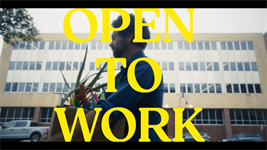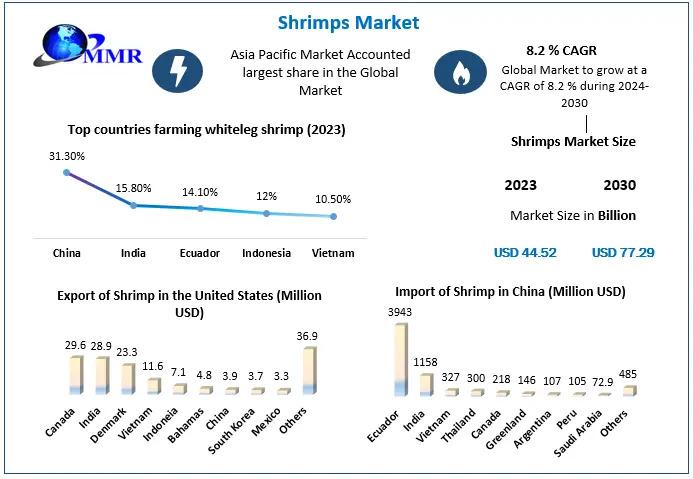It’s no secret that the advertising industry is one of many industries suffering from wave after wave of layoffs due to a combination of macroeconomic factors and the growing influence of technology.
There are countless issues that employees face when they are laid off. Simply announcing on LinkedIn that you are open to new opportunities has become a nerve-wracking endeavor: you have to make sure you have a strong network of relationships and that your announcement stands out from the dozens of other similar posts.
Hoping their “Open to Work” announcements will generate buzz, creatives have resorted to unconventional methods. Chris Barnard, now an independent creative director after being laid off from Austin-based McGarrah Jessee in late 2023, hired a Tom Petty impersonator to sing the news to the tune of “Free Fallin'” – replacing the title lyric with “freelancin’.”
Carter Pagel, a freelance director and creative director, cited other examples he’s seen, including hiring a member of the Insane Clown Posse to announce that they were open for work or jokingly announcing that they were “open for parties” and setting up a party hotline for people to call.
Pagel noted that the pressure of just making the announcement is enormous and can only be fully understood by experiencing it yourself. So he and Barnard, along with executive producer Ron Rendon, decided to use their professional expertise to portray it in a five-minute comedy film.
Created by a team made up entirely of laid-off freelance creatives, #OpenToWork shows the dedication and creativity laid-off marketers put into promoting themselves and their availability.
Open To Work by Chris Barnard on Vimeo.
“We all tried to follow the advice we’ve given our clients at some point over the years, which is ‘show, don’t tell,'” Barnard said of the motivation behind the work. “Instead of saying, ‘Here are all the things I’ve done and the brands I’ve worked for,’ we thought, let’s do the kind of work we want to do.”
It also conveniently serves as an announcement that those involved are – you guessed it – open to work, showcasing their talent in a format other than a simple film, and showing what they can do on a tight budget and without media dollars.
The message struck a chord in the creative industry and beyond, the makers said. Barnard described the response to #OpenToWork as “overwhelmingly positive” and many people reflected their own experiences in the film.
“We’ve heard a lot of people say things like, ‘You nailed it,’ or ‘I really feel this,’ or ‘It’s real – maybe even a little too real,'” he added.
Creativity in the job search
The process of looking for a job is often exhausting and very different from what creative people are used to in their everyday work. Filling out dozens of applications and contacting recruiters is not exactly creative. Anyone would quickly lose their creativity through this process.
For some creatives, losing their job also means losing the resources they need to do their creative work. Barnard noted, “What I missed most, especially in the first few months after I was laid off, was what a creative job at an agency allows you to do: you get to do something every day with people you really like.”
Ultimately, he said, creatives want to create things regardless of pay or budget, and making the film #OpenToWork underscored that fact.
“It felt good to do what we do,” Rendon said, “instead of constantly focusing on finding work, putting ourselves in the spotlight, and being rejected by recruiters – all the things that everyone in that position experiences.”
The #OpenToWork project not only gave some of that energy back to the team, but also acted as an effective recruitment tool: Barnard said he has already gotten work through the film.
In addition, the work underscored the importance of human creativity and connectivity in a marketing age of efficiency and AI. “Creativity has value,” Pagel said. “You make something that is relatable and people connect with it – and that only happens with smart ideas, smart writing and good production.”
Networking for a crisis-ridden industry
Pagel said the response to his work has made him feel more connected to other creative minds in the industry, “like, oh yeah, we’re a community.”
Rather than fueling the competitiveness that often plagues this field, responses to this personal work have been welcoming, laudatory, and compassionate.
“The agency world can be unforgiving, to say the least,” Barnard added. “It’s been great to see the warm response and to be reminded that ultimately the majority of us support each other and want people to do good.”
Rendon added that the work has helped him make contacts outside the marketing industry: “We’re not the only industry dealing with mass layoffs, and there are a lot of people on LinkedIn trying to get visibility and make contacts,” he said.
If social media success plays a role in your job search, building on those connections and diversifying your algorithm can only help.
This story first appeared on Campaign US.




